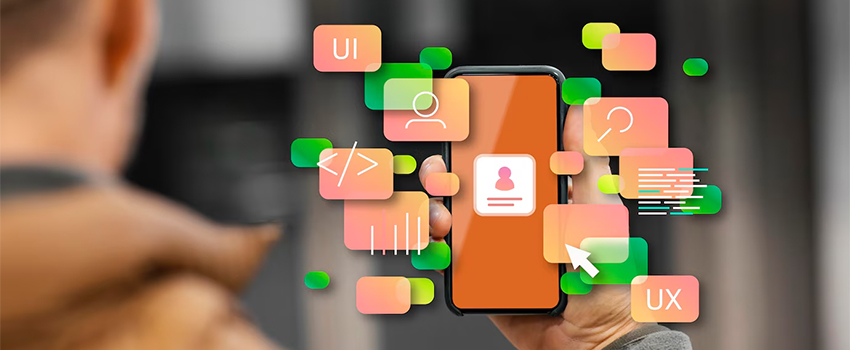We use mobile apps in the digital age for fun, leisure, and everyday use, as those apps have become an essential aspect of our modern lifestyles. But with more mobile apps comes questions about how to ensure they are usable by all, including people with disabilities. Creating mobile apps that are accessible isn’t just a requirement in most markets – it is a moral obligation that increases inclusiveness and makes it easier for your app to gain market share. This post will delve into the value of accessibility in mobile app development and what it can deliver for users and businesses.

What is mobile app accessibility?
When we say “accessibility” in the context of mobile apps, we are talking about the design and development processes required to ensure that the apps function correctly for users with all abilities and disabilities. That includes people who are blind, deaf, have mobility impairments, and have cognitive/intellectual disabilities. Mobile apps that are accessible offer different ways for users to interact with them (e.g., voice, screen readers, and adjustable text sizes).
Why Accessibility Matters
Inclusivity and Equal Access: Accessibility is ultimately about enabling all digital products, regardless of ability, to be enjoyed. The World Health Organization (WHO) estimates that more than 1 billion people have some form of disability. Making your app available to those with disabilities, you make your services and content available to a large portion of the public who otherwise could not use your app. This demonstrates social responsibility and, in the spirit of everybody having equal access to all.
Legal and Regulatory Requirement: Many countries have laws and regulations requiring digital accessibility. For digital content accessibility, there are international standards such as the Web Content Accessibility Guidelines (WCAG) in America and the Americans with Disabilities Act (ADA) in America. Violating these rules can result in legal consequences, including fines and lawsuits. There is a lot of potential to get into legal problems. Still, you can also demonstrate that you are serious about maintaining these standards by prioritizing accessibility when building mobile apps.
Improved User Experience: Accessible features make a better product for everyone, and particularly for users with disabilities. For example, captioned videos are helpful for users in noisy environments and those who are deaf. Similarly, high contrast modes and adjustable text make text more accessible to everyone. Since it is convenient to use accessible applications, users might also be likely to retain and be satisfied with them.
Wider Market Access: By targeting accessibility, you are now localizing your product to a broader audience. It can mean more downloads, increased engagement, and more revenue. Ignoring accessibility, you risk losing a big chunk of your user base. On the other hand, designing for accessibility can differentiate your app from competitors and bring a loyal, diverse user base.
Positive brand perception: Consumers regard brands as more accessible and favorable. Showing you’re serious about inclusion gives users a warm, fuzzy feeling about your brand. Positive word-of-mouth, better client retention, and enhanced industry status are some potential endgames.
Creating Accessible Mobile Apps: Where to Start?
Being proactive works best if you want to build accessible mobile apps. Yes! Building accessible mobile apps is something that requires purposeful thought and planning. Here are some of the best practices to think about:
Follow Existing Guidelines: Follow existing guidelines, such as the WCAG and Mobile Accessibility Guidelines. These are very complete guidelines for making digital content accessible.
Apply design principles towards accessibility: Consider accessibility design within design principles from the beginning of the process. That can include having enough color contrast, offering alt text for images, and making all interactive elements navigable.
User Testing: Conduct usability testing with someone who has a disability. Their feedback helps identify and fix accessibility issues. You can also find various tools and simulators that can assist you in testing your app’s accessibility.
Use the Accessibility Tools: Android and iOS have many accessibility options. Multiple tools and APIs are available for iOS and Android, such as TalkBack for Android and VoiceOver for iOS, to help developers build accessible apps.
Ever-Improving: It’s a never-ending journey to accessibility. Keep updating your app to solve new accessibility problems and incorporate user feedback. Stay current with best practices and accessibility standards.
Creating accessible mobile apps is essential for technological reasons and designing a more inclusive online community. By investing in accessibility, Path Interactive opens the door to your app to everyone. It adds value to the user and leads to new growth and positive branding. By investing in accessibility for your mobile app development with Path Interactive, you can improve the lives of millions of users worldwide.
Path Interactive prioritizes accessibility, allowing for a more accessible and fair digital future. Let’s work to produce mobile apps that everyone can use and benefit from.
